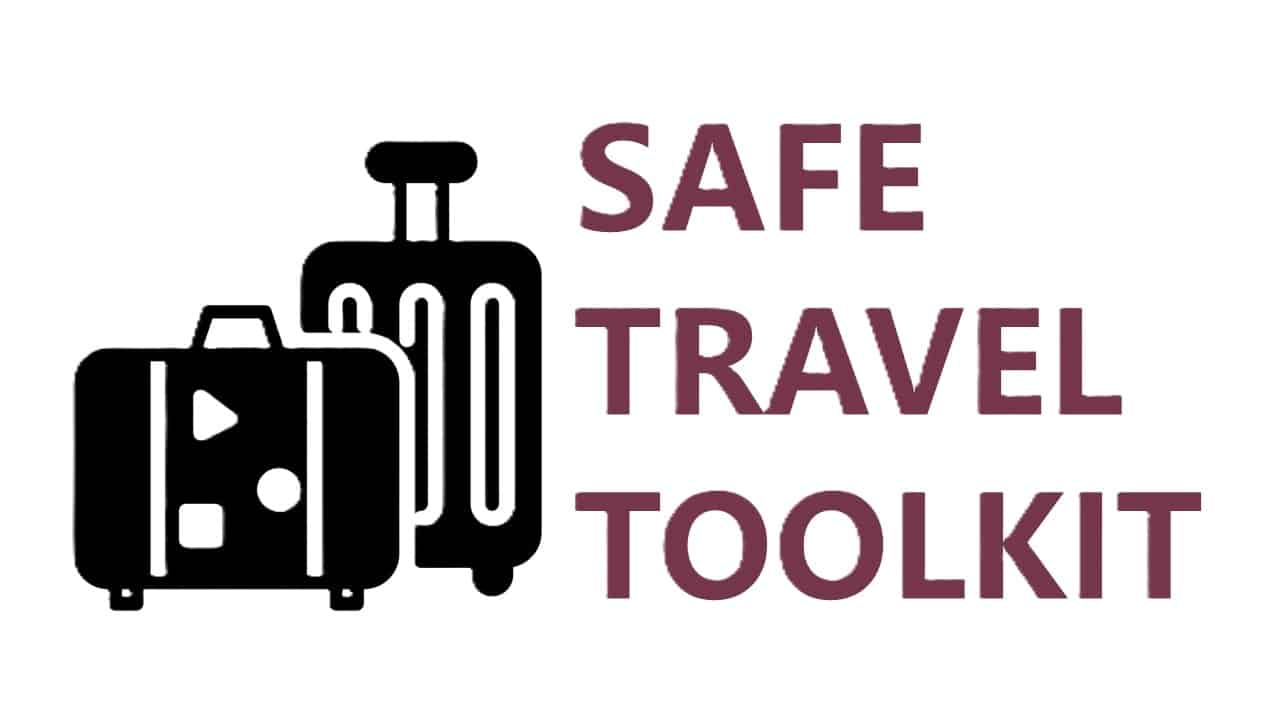During their mountain expedition, Sarah and her friends encountered a challenging situation. As they ventured higher, some began to experience the effects of high altitude, including headaches and nausea. Sarah, recalling her previous research, advised her companions to descend to a lower elevation immediately. However, one friend dismissed her advice, believing it was unnecessary. This disagreement led to tension among the group, and they split into two. While Sarah’s group descended and found relief, the other group continued upward, and their symptoms worsened. This incident highlighted the importance of recognizing altitude sickness and making informed decisions during mountain travel.
Altitude and acute mountain sickness, precautions and contraindications
Altitude sickness, also known as mountain sickness, can affect tourists in high-altitude destinations. To ensure a safe and enjoyable trip, here’s a comprehensive guide with examples and actionable steps:
Understanding Altitude Sickness:
Altitude sickness occurs when your body doesn’t get enough oxygen at higher elevations, typically above 8,000 feet (2,400 meters). It can lead to symptoms like headache, nausea, fatigue, and shortness of breath.
Examples of Altitude Sickness Scenarios:
- Symptoms During a Mountain Trek:
- Action: Descend to a lower elevation immediately. Rest, hydrate, and consider using supplemental oxygen if available.
- Onset of Severe Symptoms at High Altitude:
- Action: Seek immediate medical attention at a nearby clinic or hospital. Severe altitude sickness can be life-threatening.
- Traveling to High Altitude Destinations with Pre-Existing Health Conditions:
- Action: Consult your doctor before your trip. They may prescribe medication like acetazolamide to help prevent altitude sickness.
- Traveling with Children to High Altitudes:
- Action: Ascend slowly, allowing time for acclimatization. Ensure children are well-hydrated and have access to adequate clothing.
- Altitude Sickness on a Flight:
- Action: If you experience symptoms during a flight, inform the cabin crew. They can provide oxygen if necessary.
Preventing Altitude Sickness:
- Gradual Ascent: Ascend to higher altitudes slowly, allowing your body time to acclimatize.
- Stay Hydrated: Drink plenty of water to prevent dehydration, which can worsen symptoms.
- Avoid Alcohol and Tobacco: These can exacerbate altitude sickness.
- Medications: Consult a doctor before your trip, and carry prescribed medications like acetazolamide.
- Rest: Listen to your body. If you experience symptoms, rest and consider descending if they worsen.
Dealing with Mountain Sickness:
- Immediate Descent: If you or a fellow traveler experience severe symptoms like confusion or loss of consciousness, descend to a lower elevation as quickly as possible.
- Oxygen: Many high-altitude destinations offer supplemental oxygen. Use it if necessary.
- Local Medical Facilities: Familiarize yourself with nearby medical clinics and hospitals in advance.
Destinations where altitude sickness can be a concern include:
- La Paz, Bolivia
- Lhasa, Tibet
- Cusco, Peru
- Leh, India
- Kathmandu, Nepal
- Addis Ababa, Ethiopia
- Potosi, Bolivia
- Mammoth Lakes, USA
- Bogota, Colombia
- Aspen, USA
Please note that altitude sickness can occur at various elevations, and it depends on factors like individual susceptibility and rate of ascent. Travelers should be prepared and acclimatize properly when visiting high-altitude destinations.
Risks Mapping and dangers on vacation, far from home
- Traveling in High-Altitude Regions
- Coping with High-Altitude Challenges
- Handling Mountain Sickness
- Navigating Altitude-Related Health Issues
- Managing High-Altitude Travel Health
- Dealing with Mountain Altitude Problems
- High-Altitude Travel Tips
- Mountain Sickness Prevention
- Travel Health in Mountainous Areas
- Coping with Altitude-Induced Ailments
While altitude sickness can be challenging, it’s manageable with the right precautions. Remember that acclimatization, hydration, and seeking medical help when needed are key. By being prepared and informed, you can enjoy your high-altitude adventures safely.








